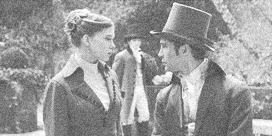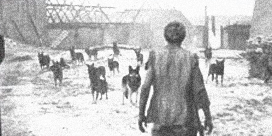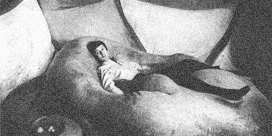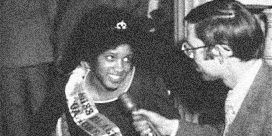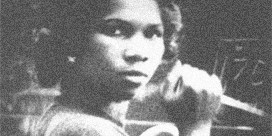June Twenty-Fifth Two-Thousand Eleven
by Glenn Heath, Jr. Movies were grand this year (thanks in large part to superb festival stragglers from 2010), and many critics have written as much over the last few months. The consensus is that those viewers who sought out titles beyond the mainstream, like Certified Copy, Uncle Boonmee Who Can Recall His Past Lives, The Arbor, and even dynamic Hollywood fare like Hugo and Fright Night, were justly rewarded with films that explored and destroyed the boundaries between cinematic time and space. Looking back at my own life-altering experiences in 2011, both as a writer, traveller, and film spectator, one common thread thread snakes through the highest of highs: regional cinema, or more specifically, the focus on cities and communities as extensions of perspective, character, and experience.
Of the films that mattered most in 2011, Raúl Ruiz’s Mysteries of Lisbon stands tallest. Sadly, the master Chilean filmmaker died in August, but he left us with a stunning swansong to an aqueous form of storytelling both entrancing and beguiling. In writing about Lisbon so many different times and through so many different prisms, it’s hard to reshape my admiration for it yet again. Still, Ruiz’s vision of opulence and opportunity crashing together in 19th-century Lisbon explores a singular idea: that architecture, furniture, clothing, bricks and mortar provides a mirror to the melodrama and unrequited love trapped inside the characters themselves. There’s an elemental relationship between time and memory in Mysteries of Lisbon, a shifting Venn diagram of emotion and ideology that includes contrasting physical spaces, Knife-Eater’s ornate salon reflects Padre Dinis’s shadowy room of secrets, and so on. For Ruiz, emotion and place are one in the same.
